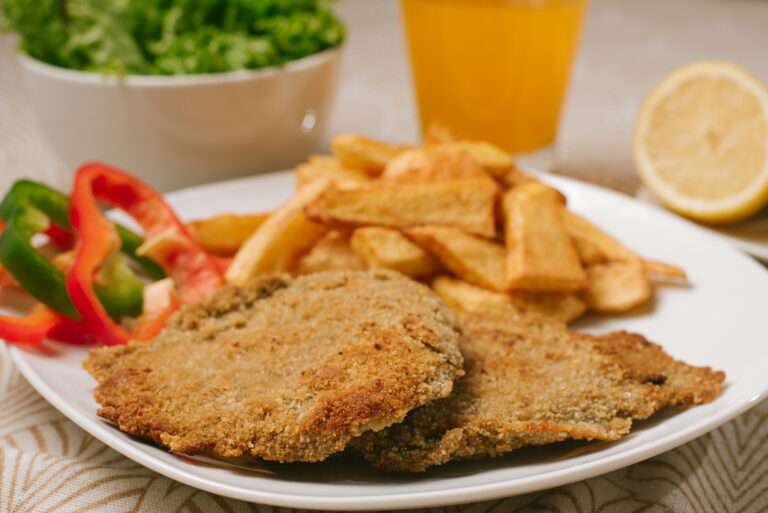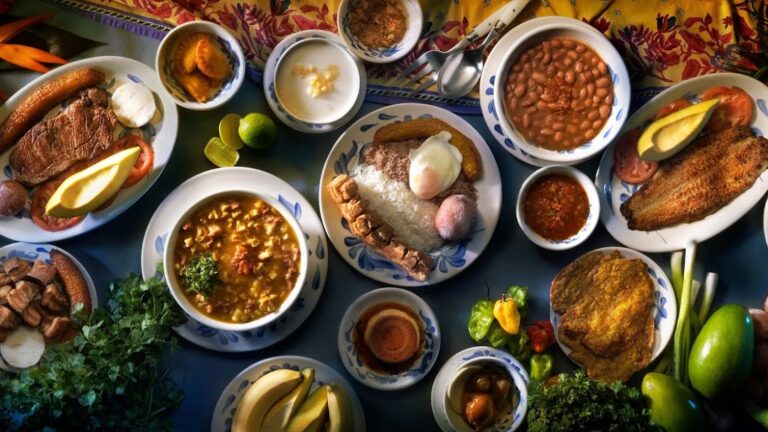When embarking on a culinary journey through Latin America, two cuisines stand out for their rich flavors, diverse ingredients, and cultural significance: Colombian and Mexican. Both cuisines offer a unique taste experience that reflects their historical backgrounds, geographical diversity, and cultural blends.
This article delves into the intricate world of Colombian Food vs Mexican Food, comparing their traditional dishes, ingredients, cooking techniques, and the experiences they offer to food enthusiasts around the globe.
Traditional Dishes: A Tale of Two Cuisines
Colombian cuisine is as diverse as its landscapes, featuring a mix of indigenous, African, and Spanish influences. Key traditional dishes include Arepas, a versatile cornmeal cake served with various toppings; Bandeja Paisa, a hearty platter with beans, rice, chorizo, avocado, and more; and Ajiaco, a comforting chicken and potato soup unique to Bogotá. Colombian food emphasizes local ingredients, simplicity, and the homely warmth of comfort food.
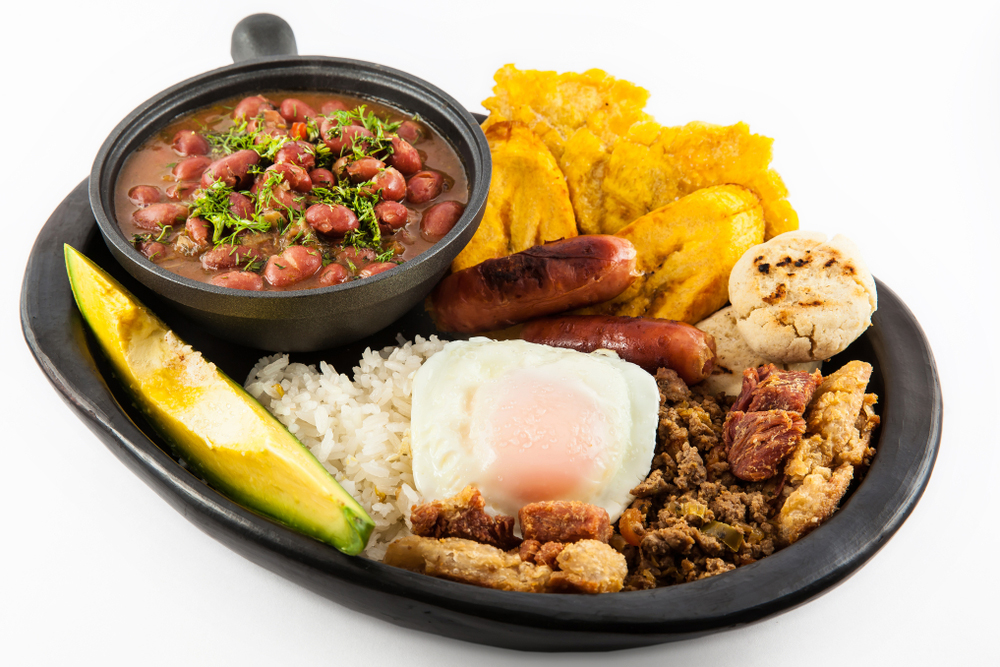

Mexican cuisine, recognized by UNESCO as an Intangible Cultural Heritage of Humanity, presents a vibrant tapestry of flavors developed from ancient Aztec and Mayan foods blended with Spanish influences. Iconic dishes such as Tacos, Enchiladas, and Mole showcase the complexity of Mexican flavors. Ingredients like corn, beans, chili peppers, and chocolate play central roles, with each region offering its own specialties.
Ingredients: The Foundation of Flavor
The backbone of Colombian cuisine lies in its use of fresh, local ingredients. Tropical fruits like guava, passionfruit, and mangosteen are common, as well as tubers such as cassava (yuca) and potatoes. These ingredients reflect Colombia’s rich biodiversity.
Mexican cuisine’s ingredient palette is bold and varied, with chili peppers at its heart. From the smoky chipotle to the fiery habanero, these peppers add depth and heat to dishes. Corn is another staple, used to make tortillas that form the base of many Mexican meals.
Cooking Techniques: Tradition Meets Innovation
Colombian cooking methods are often straightforward, focusing on bringing out the natural flavors of the ingredients. Slow-cooking techniques are common, allowing the simplicity of the dishes to shine through.
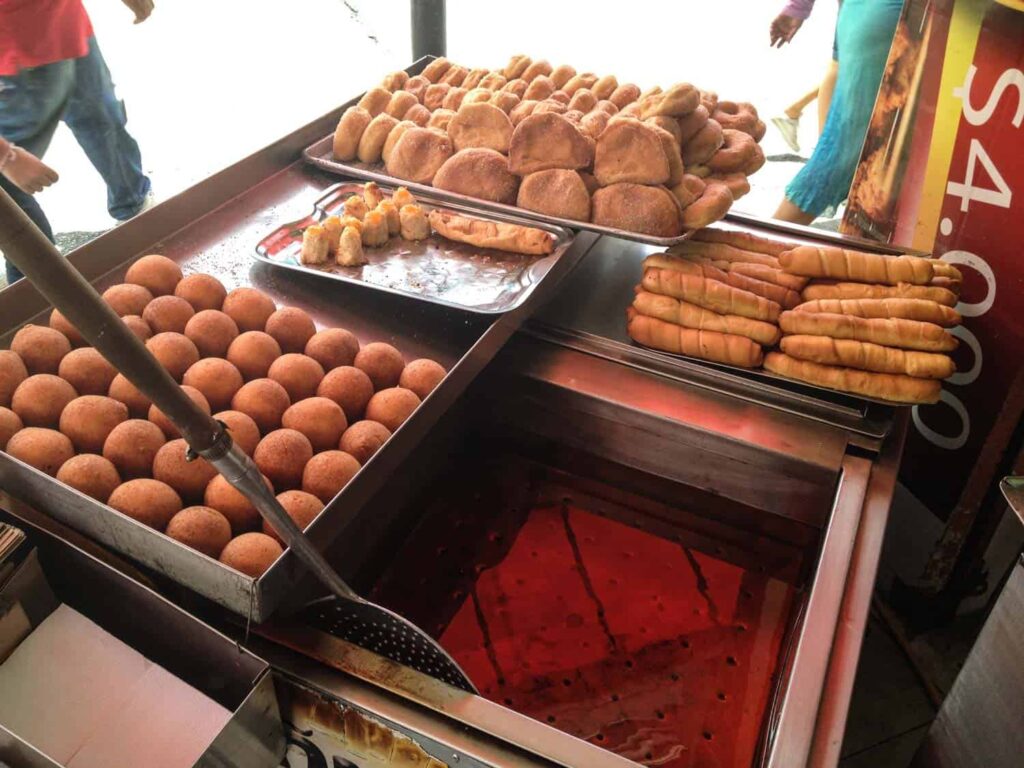
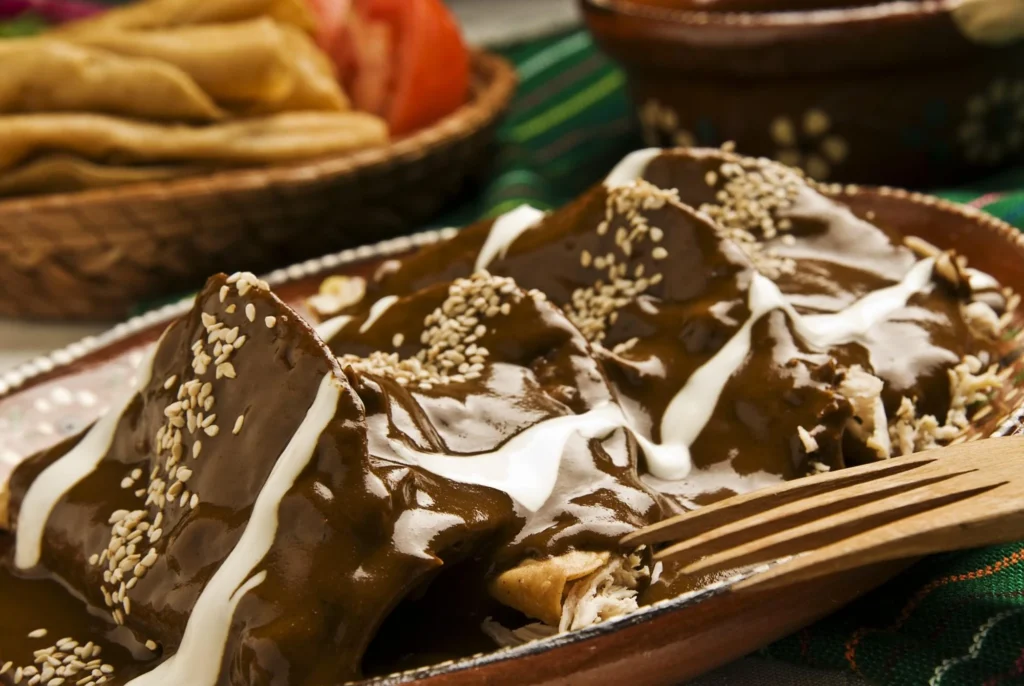
Mexican cuisine, on the other hand, involves complex techniques and processes. The art of making Mole, for example, can involve over twenty ingredients and days of preparation. This complexity and dedication to craft highlight the cultural importance of food in Mexico.
Cultural Significance and Culinary Experiences
Food in both Colombia and Mexico goes beyond sustenance; it is a celebration of culture and community. Colombian meals are often family-oriented, with dishes that are meant to be shared and enjoyed together. Street food also plays a significant role, offering quick, delicious bites like Empanadas and Churros.
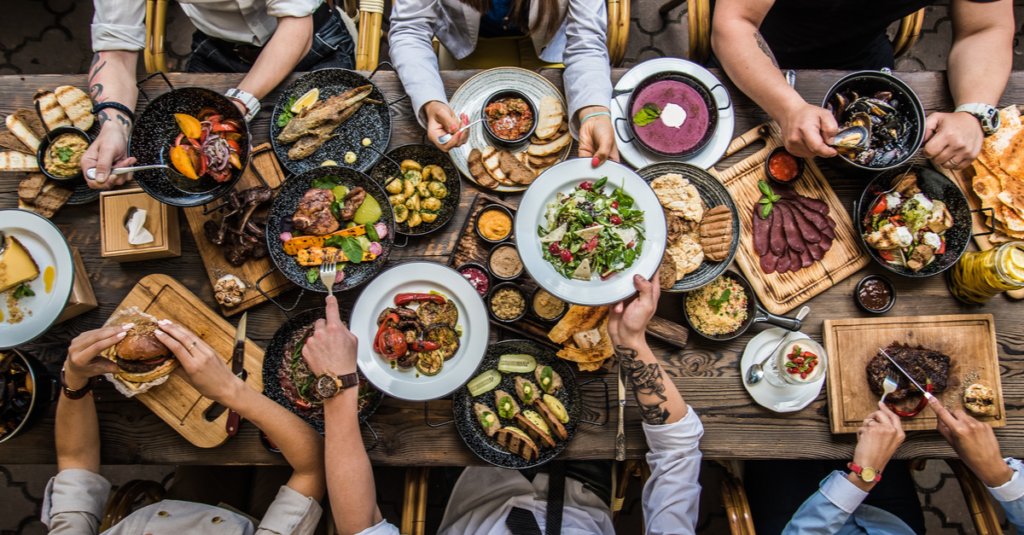
Mexican food is deeply woven into the country’s cultural fabric, with festivities and holidays featuring specific dishes. The Day of the Dead, for example, is celebrated with Pan de Muerto, a sweet bread. The communal aspect of Mexican dining, with shared plates and a focus on gathering, reflects the societal values of friendship and family.

Is Colombian food and Mexican food the same?
No, Colombian food and Mexican food are like two different worlds within the same continent. They might share the same Latin roots, but that’s where the similarity ends, and the flavor adventure begins.
First off, let’s talk about ingredients. Colombian cuisine is big on its tropical fruits, arepas (those delightful cornmeal cakes), and a whole lot of rice and beans. It’s all about the comfort of home cooking with a side of salsa (the dance, if you’re feeling it, but also the condiment). On the other hand, Mexican food hits you with the spice right out of the gate. Chili peppers, tacos, and guacamole are the stars of the show, bringing in a heat that can make you want to dance—or at least reach for a cold drink.
Then, there’s the flavor profile. Colombian dishes tend to be more about the natural flavors of the ingredients, not too spicy, very homey and comforting. Think of a warm hug in the form of a soup (Ajiaco, anyone?). Mexican cuisine, meanwhile, is like the life of the party. It’s vibrant, often spicy, and very diverse. From the smoky depths of mole sauce to the fresh zing of a ceviche, Mexican food is all about bold flavors.
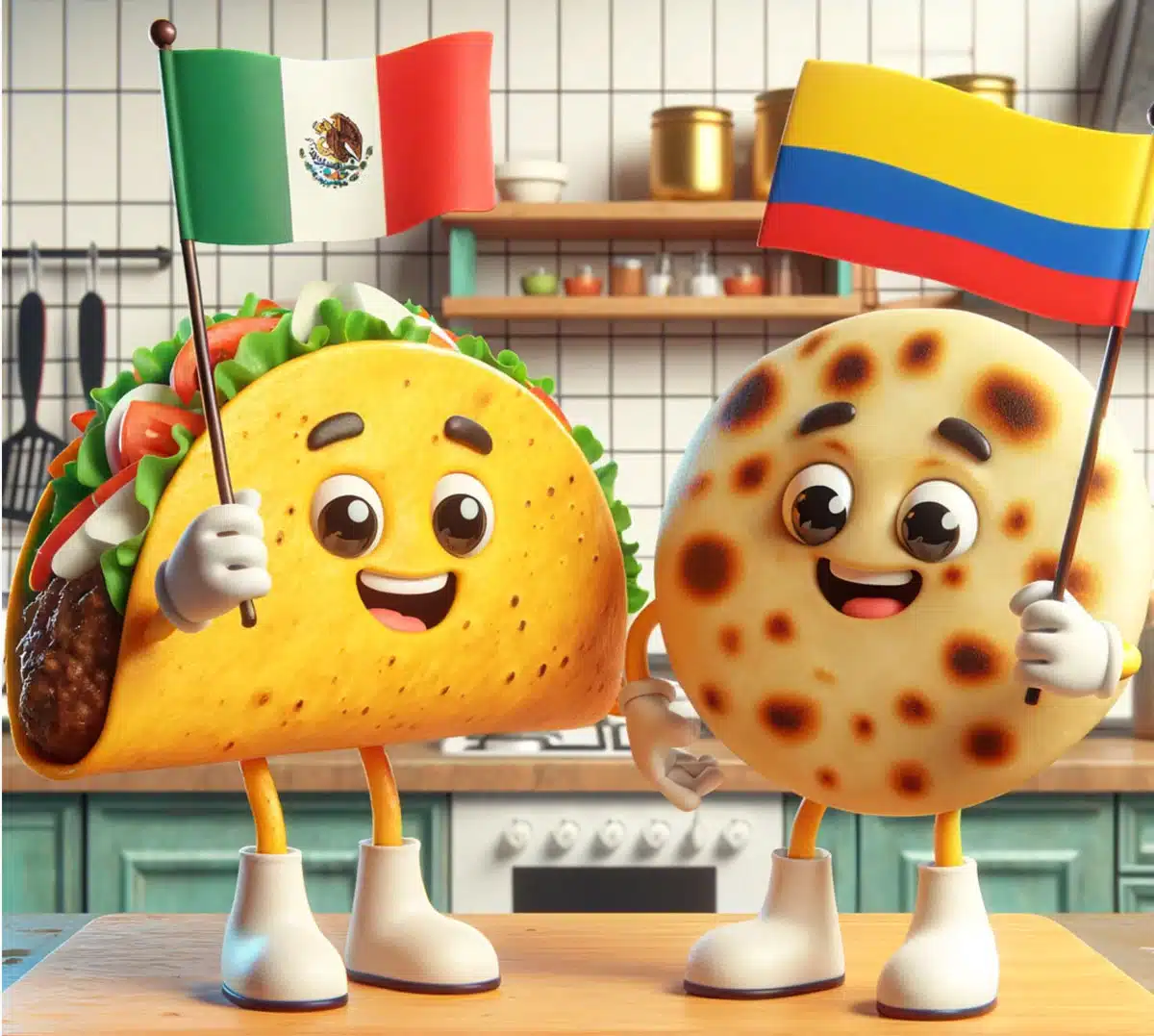
Cooking techniques also differ. Colombian food keeps it simple and straightforward, focusing on bringing out the goodness of each ingredient without too much fuss. Mexican cuisine, though? It’s like an art form, with complex processes and a mix of ancient and Spanish influences that come together in dishes that are as colorful as they are delicious.
Cultural significance is a big thing for both, but how they express it through food varies. Colombian meals are about gathering the family and sharing, often with dishes that are meant to be enjoyed together. Mexican food, with its Aztec and Mayan roots mixed with Spanish influences, is deeply tied to its culture’s celebrations and ceremonies, bringing people together over festive dishes specific to each occasion.
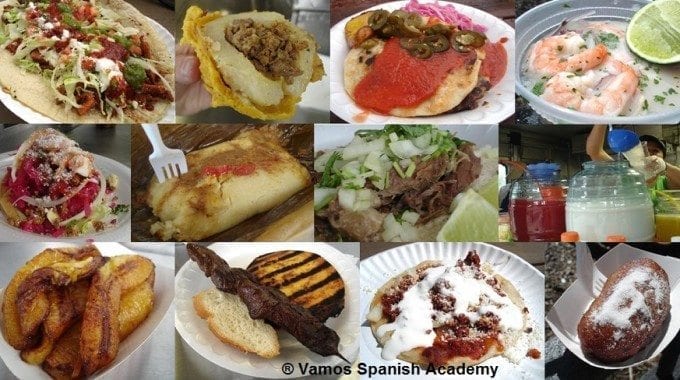
So, in the grand scheme of things, saying Colombian food and Mexican food are the same is like saying salsa dancing is the same as mariachi music. Both awesome, but each with its own rhythm, flavor, and style. They’re unique, diverse, and a testament to the rich cultures that create them. Let’s just say, if you’re bouncing between a Colombian restaurant and a Mexican taqueria, you’re in for two very different, but equally amazing, culinary adventures.
Conclusion
While Colombian and Mexican cuisines may vary in ingredients, techniques, and traditions, they both offer a rich, flavorful, and deeply cultural dining experience. Whether it’s the comforting simplicity of a Colombian Ajiaco or the complex flavors of a Mexican Mole, these cuisines invite diners to explore the vast and vibrant culinary landscapes of Latin America.
For food enthusiasts looking to deepen their understanding of Latin American cuisine or anyone seeking to explore these flavors at home, the journey through Colombian and Mexican foods is one of discovery, delight, and the universal language of good taste.
Disclosure: Our blog contains affiliate links to products. We may receive a commission for purchases made through these links. However, this does not impact our reviews and comparisons. We try our best to keep things fair and balanced, in order to help you make the best choice for you.





